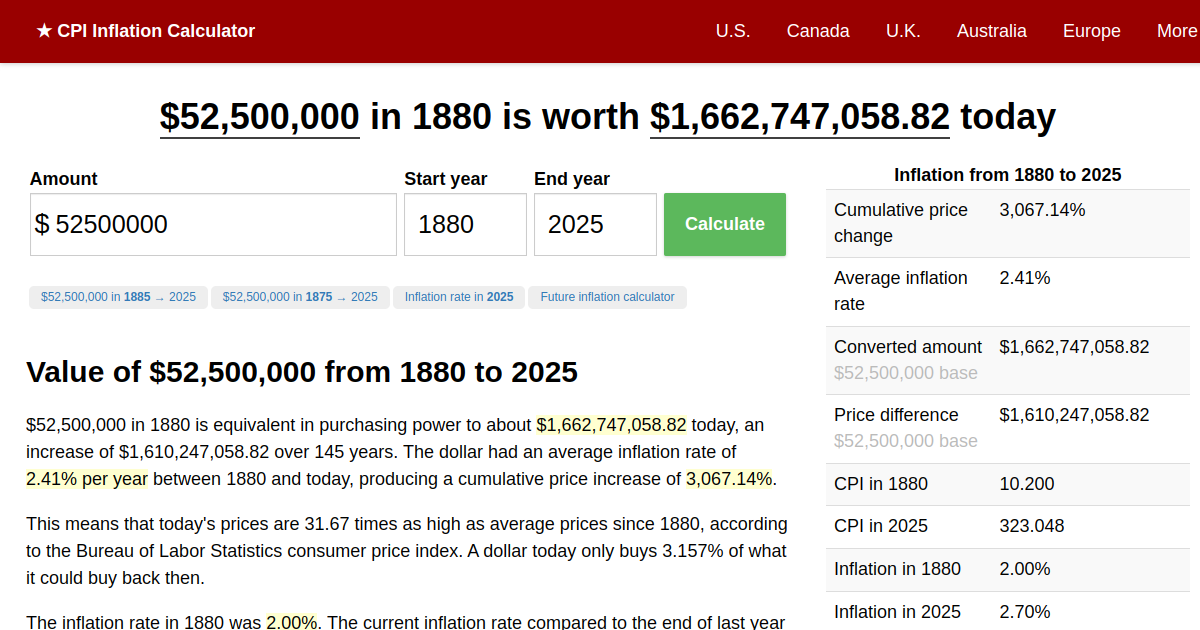My attempt to reduce "conflict points" between freight and passenger rail in the GTA.
Existing track map of the GTA:
View attachment 603057
New Track Map
View attachment 603058
CPKC:
- 413 bypass west of Intermodal terminal in Vaughan
- 407 bypass east of Intermodal terminal, reconnects with existing CPKC mainline north of Pickering
- CPKC trains would still run through Milton GO. Split away from the existing Galt sub before reaching Lisgar.
CN:
- 407 bypass west of Intermodal terminal in Brampton
- Grade separate Doncaster diamond
- triple track Richmond Hill line north of the York sub (increase capacity for both CN & GO)
GO:
- Obtain Milton line
- obtain Midtown line from Lisgar GO to just east of Agincourt Yard
- Obtain Orangeville line. With ownership of the Milton line, GO can now run trains up to Mayfield Rd. in Brampton
- Richmond Hill line improvements, Doncaster Diamond grade separation, triple tracking north of the York sub, construct and redirect trains onto the Leaside Spur
- Obtain Bolton line up to Steeles Ave. North of the 407, triple track up to Bolton for increased capacity for both CPKC and GO.
The only "conflict points" remaining are;
- Trying to figure out how to connect the Midtown line with the LSE line. GO would have to construct a rail bridge parallel with CN's running to Pickering. GO would need to figure out how to triple track to Pickering GO. Not sure if there's space for that without interfering with CN.
- GO would still have to share the tracks with CPKC in Milton GO up until the 407. Unless they can figure out if there's space to run parallel running tracks such as with the LSE line.
- Track sharing with CN on the Richmond Hill line, north of the York sub. Triple track to add capacity
- Track sharing with CPKC on the Bolton line
- North of the 407, triple track up to Bolton to add capacity for both CPKC and GO
EDIT: Add Bolton line info






